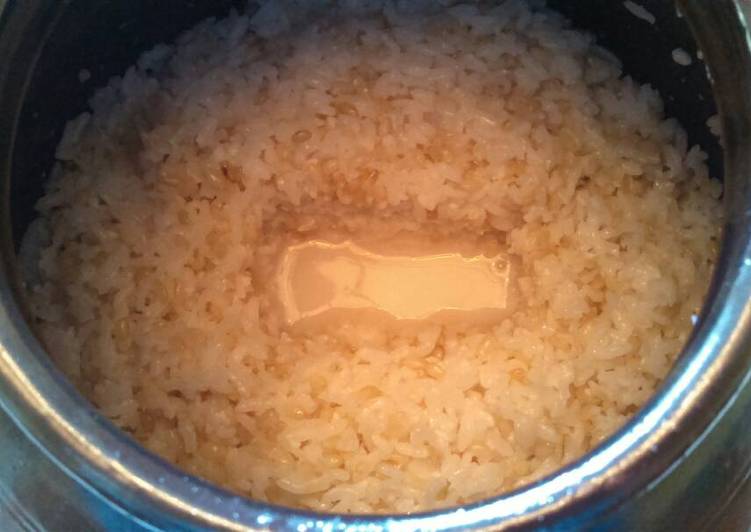Basic Jiuniang (Rice Wine) 甜酒酿. Jiuniang is a sweet, soup- or pudding-like dish in Chinese cuisine. It also known as sweet wine or sweet rice wine. Sweet Fermented Rice, or jiu niang (酒酿), is a versatile Chinese specialty that can be added to both sweet and savory dishes.
 What's the best season and the best recipe?
Another very popular serving way is to make a Jiuniang Tang Yuan.
It will add very unique flavor to.
You can have Basic Jiuniang (Rice Wine) 甜酒酿 using 4 ingredients and 6 steps. Here is how you achieve it.
What's the best season and the best recipe?
Another very popular serving way is to make a Jiuniang Tang Yuan.
It will add very unique flavor to.
You can have Basic Jiuniang (Rice Wine) 甜酒酿 using 4 ingredients and 6 steps. Here is how you achieve it.
Ingredients of Basic Jiuniang (Rice Wine) 甜酒酿
- It's 4 of +1/4 cups sweet white rice (1000g).
- It's 2 1/2 cups of room temperature water (after boiling).
- Prepare 1 tsp of or 4 g (half pack of Angel Rice Leaven Chinese yeast).
- It's 2 Tsp of Sweet osmanthus + 1/2 cup boiling water (optional).
Sweet Fermented Rice, also known as 酒酿 'Jiuniang' in Chinese, is a sweet rice wine fermented by steamed glutinous rice and distilled yeast. As it is sweet and mellow and low in alcohol, this Chinese dish is popular across different regions in China. People in Beijing usually eat Jiuniang as it is or. Rice wine is somewhat clear and sweet and is used in marinades to tenderize meat and seafood, as well as to impart flavor to food.
Basic Jiuniang (Rice Wine) 甜酒酿 instructions
- Make sure all tools that in contact with rice wine making are extremely clean(absolutely free from oil contamination)..
- Rinse sweet white rice 3 times and soak a few hours (minimal 2 hrs). Discard soaking water and add 2 cups of water after soaking and cook in a rice cooker..
- Once rice is done cooking in the rice cooker, take the insert pot out and fluff the rice allow it to cool down to room temperature. In the meantime, use 1 cup of boiling water to brew 1 Tsp of sweet osmanthus flower for flavor and aroma enhancement. Allow the sweet osmanthus infused water (remove flower using with a metal mesh or cheesecloth) to cool down to room temperature..
- Add sweet osmanthus water and 1.5 cups of water into the rice pot and stir to mix well. Add half pack of angel rice leven yeast 4g and stir to incorporate well..
- Transfer all the mixture into a very clean fermenting vessel. I use a Korean earthware for this job and it doesn't have to seal well because in the early stage of wine making, oxygen is necessary for fermentation..
- Temperature is the key. Ideally, keep your wine jug in a temperature anywhere between 80-90F. Taste every 12 hours and decide when you want to slow down the fermentation by transferring it to a fridge. I typically wait 24 hours before transferring it into a fridge..
Unfortunately, while rice wine is readily available at Chinese and Asian groceries, it is not always easy to find at regular local supermarkets. ראה ציוצים בנושא #jiuniang בטוויטר. ראה מה אנשים אומרים והצטרף לשיחה. 酒酿 [jiǔ niàng]:sweet ferment rice. Winter is the perfect season for homemade rice wine, which can be drunk straight or used to flavor various dishes. One popular way to use the fermented beverage is jiuniang, a heady rice wine soup, made of fermented glutinous rice with a slight splash of alcohol. Jiu niang is actually a rather sweet concotion on the road to becoming fermented rice wine (or vinegar), but not actually there. I recently made a video how to make Jiuniang with egg and gouqi.
